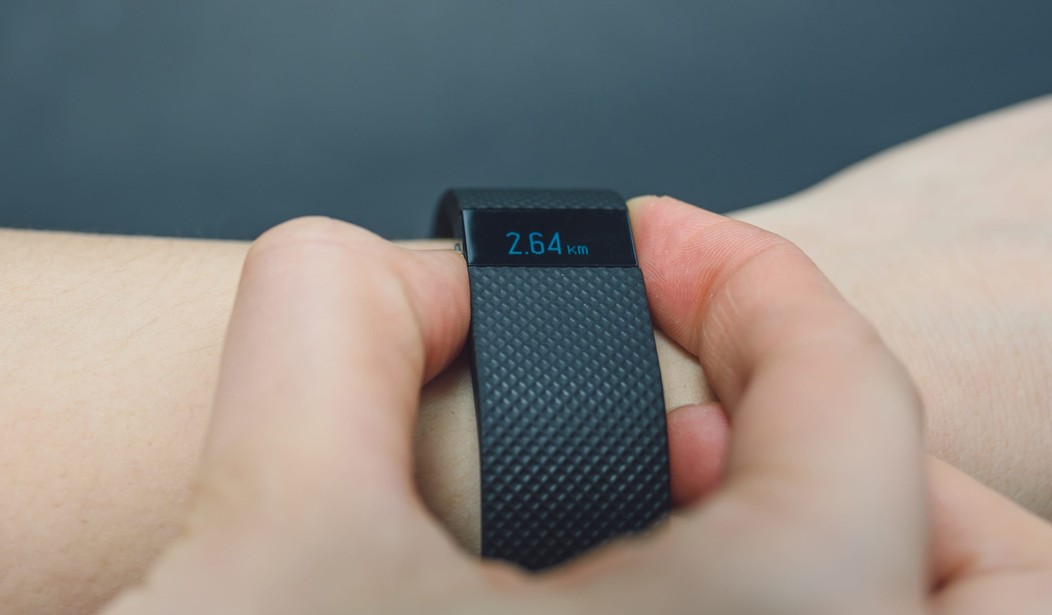Fitbit, a pioneer of the fitness band, is one of Silicon Valley’s recent successes. While selling more fitness devices than all others combined, an estimated 20 million units last year, the company has suffered a number of very public product issues including a recall for rashes caused by a reaction to one of the materials used, and a lawsuit for providing inaccurate heart rate measurements.
But overall, their success has come from developing a wide range of cleverly-designed products that generally work well, are easy to use, and are widely available. And for many, they’ve provided the incentive to become more active.
I received a Fitbit Charge as a birthday gift in January from my daughter and loved its ability to track my steps. (I wrote about it here.) It motivated me to walk more often and created an incentive to be more active. It would even input my steps into Lose It!, the calorie counter app I use, and credit me with extra calories. The $120 device was easy to use and, other than some occasional syncing issues, it worked well.
Most impressive was its app that displays a wide range of information in an easy to use format. I was able to track my progress, measure steps traveled and stairs climbed, and see how many hours I slept each night. I could even compare my results to those of my brother, daughter, and wife, each of whom who had various Fitbit models. This social aspect of it was a real motivator, even though I usually came in third or fourth each week.
But after nine months and three defective units, I’ve just about given up on the product. The silicone rubber band on the first and third units simply peeled apart, and the second unit had a defective battery that lasted just a day instead of the spec of 5 to 7. The units were never abused or used near water. While statistically surprising, I initially assumed I just had bad luck. But then I learned that all three of my relatives had to replace their units within the first 3-6 months.
And after digging further, I’ve found scores of users experiencing similar issues with many of the models. Many of the problems relate to the device just coming apart: straps peeling and bubbling, and, less often, the electronics failing.
Now, any product can expect to have a small percentage of defective units, and when you sell millions, the actual number of defects can be large. Typical numbers for a well-designed product range from about half a percent to 2%. More than 3% is considered very high.
As a result, you never really know what the true percentage of defects are from anecdotal evidence. But it seems unusual for all four of us to have similar experiences if there isn’t a serious problem with the company’s products.
Amazon reviews provide another good source of more anecdotal information. Overall, the products get about a 3.5 out of 5 rating, with almost 20% providing a one-star rating. Many of those relate to their units also coming apart. And a large number of those complaints relate to it occurring multiple times.
To their credit, Fitbit has stood behind their products. While they won’t admit to having any issues (see their response below), they’ve provided excellent customer support and have replaced all of the defective units, as long as they fail within one year of purchase. Unlike many companies, they make it easy to submit a claim by providing a phone number and an email claim form on their site, as well as offering support by chat.
In my experience they’ve responded quickly, within a few hours after sending an email. Perhaps they’re so accommodating because they’re aware that these problems are design defects and they’re just doing what is right.
While I still would recommend the benefits of Fitbit products, I’d be aware of their fragility and short life, as little as four months. Recently the company has come out with a revised line of products. While many look like they’re constructed the same way, perhaps they’ll be more reliable. But at $120 to $150, it makes the Apple Watch a bargain at $269.
Fitbit’s response;
The quality of Fitbit products and the health and safety of our customers are our top priorities. We conduct extensive testing and consult with top industry experts to develop stringent standards so that users can safely wear and enjoy our products. We also are committed to delivering a superior customer experience. We respond quickly when customers report issues and strive to work closely with them through our customer service channels to ensure their satisfaction. If consumers have any questions or concerns, they can contact us at help.fitbit.com.
While much of this may be true, their product reliability is not there yet.









Join the conversation as a VIP Member